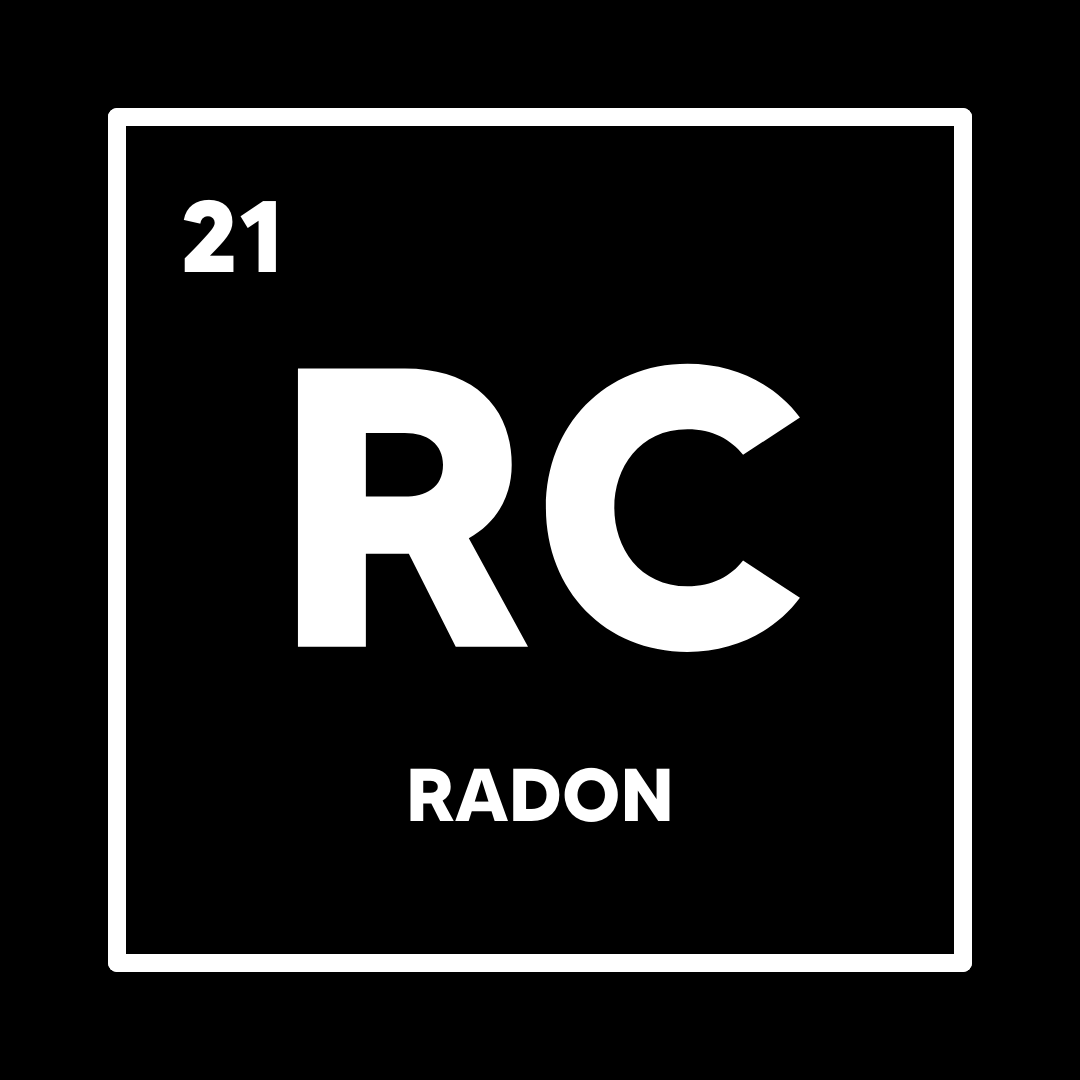Radon is an odorless, invisible, radioactive gas that can enter your home from the ground through cracks in the foundation. Individuals are primarily exposed to radon when they breathe it in their air. (Read more from the Department of Environmental Protection.)
Where does radon come from?
Radon comes from the natural decay of uranium that is found in nearly all soils. (source)
The amount of radon in the soil depends on the soil chemistry which varies from home to home. This is why it is suggested to test your home for radon, independent of what neighbors or other’s levels may be.
When am I most at risk?
Pennsylvanians experience all 4 seasons due to our geographical location. For this reason, radon concentrations may be higher during colder seasons. Doors and windows are rarely open during colder months and this increases the chances of radon exposure.
Why is radon problematic?
Because radon comes naturally from the earth, individuals and pets are always exposed to radon.



